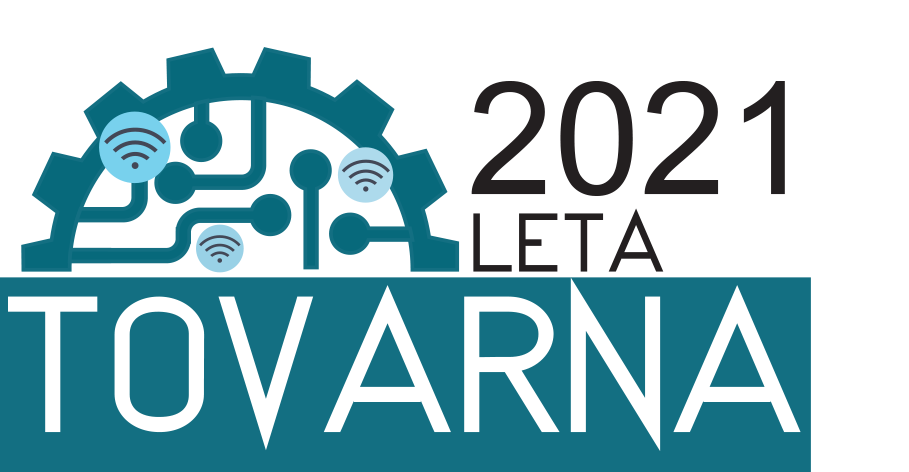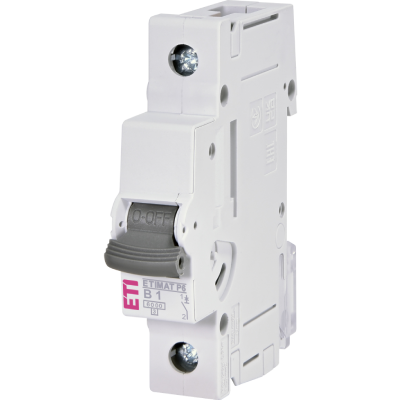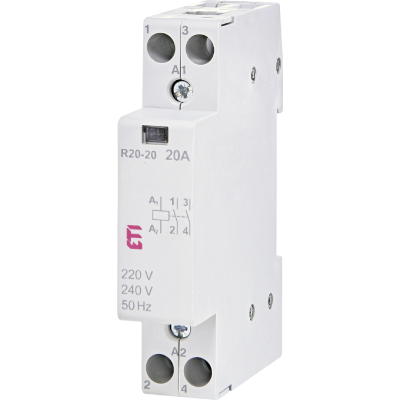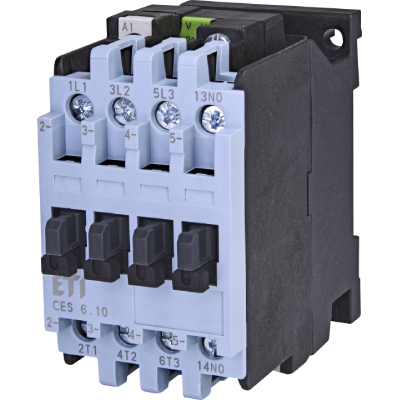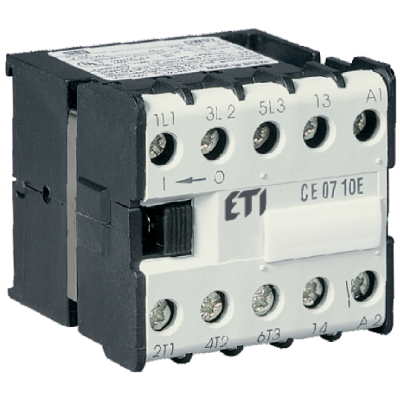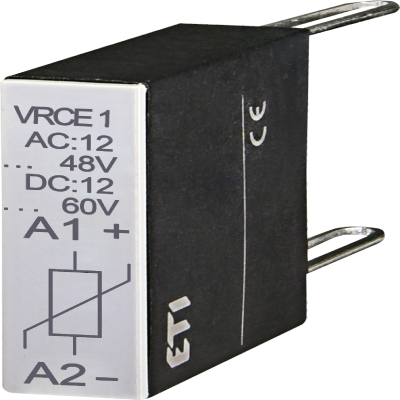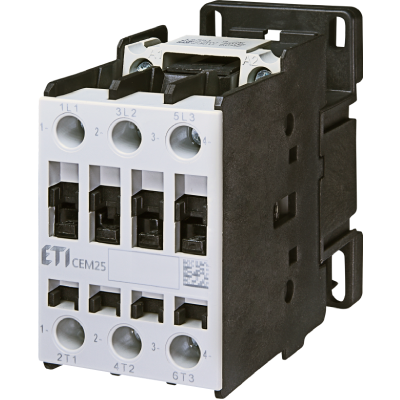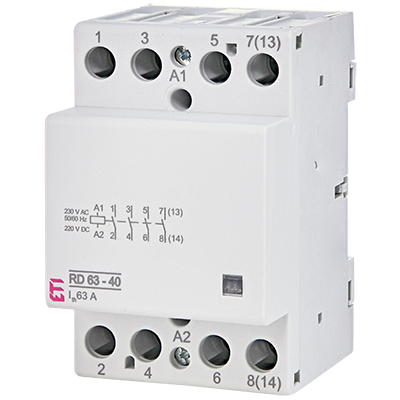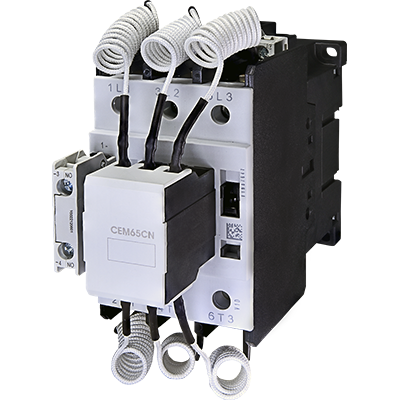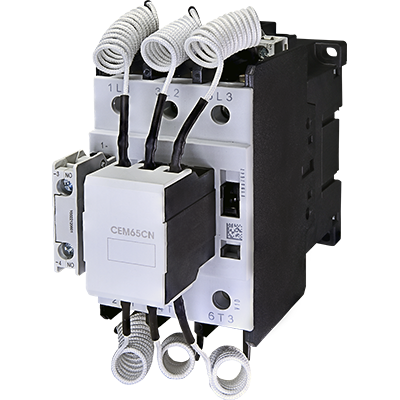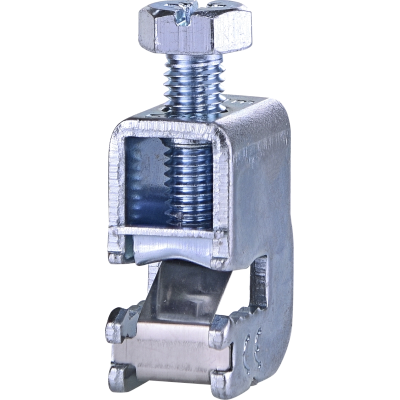When Should You Use an F-Type RCCB Instead of an A-Type?
In recent years, the question “When should I use a Type F residual current circuit breaker (RCCB) instead of a Type A?” has become increasingly relevant. As electrical installations become more complex, incorporating frequency-controlled drives, modern appliances, and sensitive electronics, the line between appropriate and insufficient protection can be blurred.
This post aims to demystify the decision-making process between Type A and Type F RCCBs by exploring their capabilities, limitations, and ideal application environments. Whether you're designing a residential, commercial, or light-industrial installation, understanding when to step up from Type A to Type F could mean the difference between safe, stable operation and frustrating, or even hazardous, outcomes.
Understanding the Basics
Type A RCCBs are the current industry standard for residential and most commercial applications. They are designed to detect:
- Alternating sinusoidal residual currents (AC),
- Pulsating direct currents (DC) resulting from rectifier-type faults,
- Up to 6 mA of superimposed smooth DC without losing effectiveness.
Type F RCCBs build on the capabilities of Type A and offer:
- Detection of AC and pulsating DC residual currents,
- Resistance to blinding by smooth DC currents up to 10 mA
- Sensitivity to residual currents with mixed frequencies up to 1 kHz,
- A short, intentional time delay to avoid nuisance tripping is recommended, thus also enabling an improved immunity to transient surges and unwanted tripping.
Where Type A Is Sufficient
Type A RCCBs are well-suited for installations where:
- Electrical loads are mainly resistive or mildly inductive,
- Appliances contain basic electronic components but not frequency inverters,
- Fault currents are unlikely to include high-frequency or smooth DC components,
- Cost-effectiveness is a priority, and no specific load sensitivity is present.
Typical Type A use cases include:
- General-purpose socket circuits,
- Lighting circuits with LED drivers (unless known to include high-frequency outputs),
- Washing machines and dishwashers with standard motors,
- Office equipment like computers and printers,
- Home appliances that do not use complex motor control or inverter technology.
Advantages:
- Widely available and cost-efficient,
- Meets the minimum safety requirements for most installations,
- Compatible with typical household loads.
Limitations:
- Can be blinded by smooth DC leakage currents above 6 mA,
- May nuisance trip when faced with high-frequency leakage from some appliances,
- Inadequate for loads that include frequency inverters or strong harmonic content.
When to Use Type F RCCBs
The leap from Type A to Type F becomes necessary when the connected equipment generates more complex leakage currents—especially those involving variable frequencies or higher levels of smooth DC.
Use a Type F RCCB when:
- Single-phase frequency inverters are present
This includes washing machines, dryers, air conditioners, and heat pumps with variable-speed drives. These drives can generate residual currents with mixed frequencies or smooth DC leakage that Type A cannot detect or might trip on unnecessarily. - Installations are prone to nuisance tripping
Type F RCCBs have improved surge immunity and short delay response, making them more robust in environments with switching transients, motor starts, or lightning-induced surges. - Appliances with EMC filters and switching power supplies
Certain devices—especially those with internal EMI filters—can leak high-frequency currents during operation. Type A devices might misinterpret these as fault currents, whereas Type F is designed to distinguish between real faults and harmless leakage. - When the leakage current waveform is unpredictable
In installations with unknown or mixed types of equipment, Type F offers a safety buffer by covering a wider range of residual current characteristics. - National standards require it
For example, German regulations explicitly require at least Type F for single-phase appliances with inverters. Similar trends are developing across Europe, meaning compliance alone may dictate the need for Type F.
Typical Type F use cases include:
- Heat pumps and HVAC systems with inverter control,
- Washing machines or dryers with brushless DC or variable-speed motors,
- Domestic or commercial treadmills,
- Single-phase tools with speed control,
- UPS systems in single-phase configurations,
- Specific socket circuits supplying unknown or varying loads with potential inverter-based equipment.
Advantages:
- Broader residual current detection range (including up to 1 kHz and 10 mA DC bias),
- Reduced unwanted tripping due to high-frequency or transient leakage,
- Enhanced performance for inverter-based equipment and sensitive appliances,
- Short delay provides protection without sacrificing selectivity or stability.
Limitations:
- Higher cost compared to Type A,
- Slight intentional time delay (usually negligible in personal protection terms),
- Not a substitute for Type B in installations with the risk of high-level smooth DC faults (e.g., EV chargers, solar inverters, or three-phase rectifiers).
Key Differences in Practice
Let’s break it down into a few critical decision criteria:
Criterion | Type A | Type F |
Detection of pulsating DC | ✅ Yes | ✅ Yes |
Detection of high-frequency leakage | ❌ No | ✅ Yes (up to 1 kHz) |
Resistance to smooth DC bias | Limited (≤ 6 mA) | Improved (≤ 10 mA) |
Resistance to transient surges | Moderate | Enhanced |
Suitability for inverters (VFDs) | ❌ No | ✅ Yes |
Risk of nuisance tripping | Moderate | Low |
Cost | Lower | Higher |
Use in modern appliances | Basic electronics | Complex electronics + inverters |
Final Recommendation: Type F for Stability and Safety in the Digital Age
The answer to “When should I use a Type F instead of Type A?” boils down to three guiding principles:
- If you're dealing with inverter-based appliances or tools, always use Type F. This ensures safety and avoids nuisance trips or protection gaps.
- If your installation is prone to surges, switching transients, or has a history of nuisance trips with Type A, consider upgrading to Type F.
- When regulations, manufacturer instructions, or risk assessments call for better immunity or broader protection, Type F is the clear choice.
While Type A remains adequate for most legacy loads and simple installations, Type F is increasingly necessary for modern, frequency-driven appliances. As the use of electronically controlled devices continues to grow, so too will the relevance of Type F in future-proofing installations.
Sources:
- Schneider Electric – Electrical Installation Guide
- Eaton – Residual Current Devices Type F brochure
- Doepke – Technical commentary on DIN VDE 0100-530
- IET – Types of RCDs explained (Wiring Matters)
- Deutsche Elektrotechnische Kommission – VDE 0100-530
- Kanal Elektryczny (Poland) – Residual current protections
- Elektrotehniško društvo Maribor – Slovenian RCD recommendations
- Siemens – Selection guide for residual current devices
- IEC 61008-1, IEC 62423 – International RCCB standards

